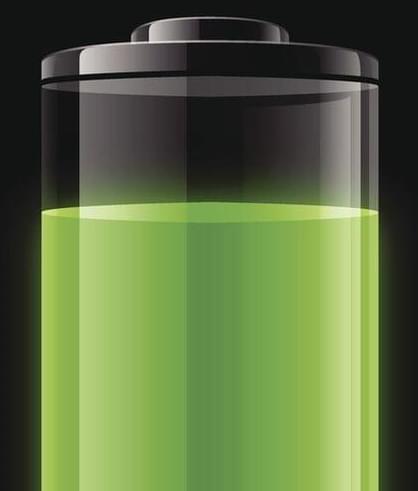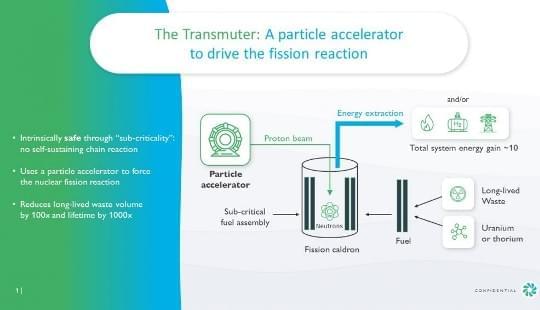Australia’s first fusion energy company HB11 Energy has demonstrated a world-first ‘material’ number of fusion reactions by a private company, producing ten times more fusion reactions than expected based on earlier experiments at the same facility. The technology utilizes high-power, high-precision lasers to start non-thermal fusion reactions between hydrogen and boron-11 rather than heating hydrogen isotopes to hundred-million-degrees temperatures.
This approach was predicted in the 1970s at UNSW by Australian theoretical physicist and HB11 Energy co-founder Professor Heinrich Hora. It differs radically from most other fusion efforts to date that require heating of hydrogen isotopes to millions of degrees.
Nuclear fusion powers the Sun and other stars as hydrogen atoms fuse together to form helium, and the matter is converted into energy. The Sun accomplishes fusion by having a huge amount of hydrogen atoms packed into a plasma that’s superheated to tens of millions of degrees at its core. At these temperatures, the hydrogen atoms move so fast and eventually reach speeds high enough to bring the ions close enough together that they smack into each other and fuse, releasing the energy that warms our planet.









